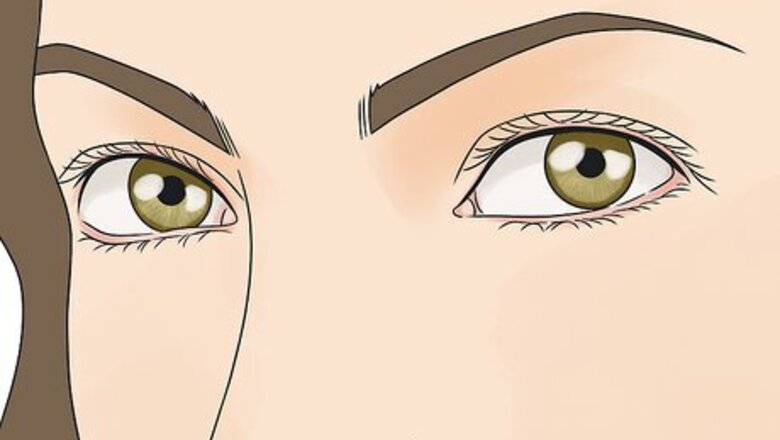
views
How rare are hazel eyes?
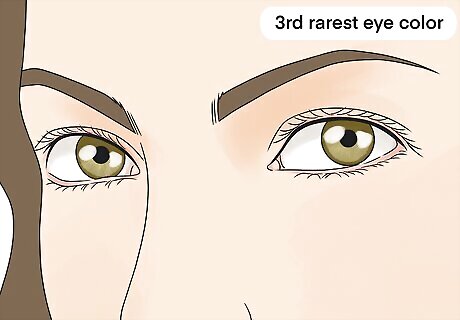
Only 5% of the world population has hazel eyes. Hazel eyes are the 3rd rarest eye color worldwide; they’re rarer than blue or brown eyes, but less rare than green or gray eyes. In comparison, somewhere between 70% and 79% of the population has brown eyes. Hazel eyes are more common in those of European, Middle Eastern, or South Asian descent. 18% of the U.S. population has hazel eyes. 8% to 10% of the global population has blue eyes. 2% of the global population has green eyes. Between 3% and 5% of the global population has grey and amber eyes. Take our Guess My Eye Color quiz to see if you have hazel eyes!
What causes hazel eyes?
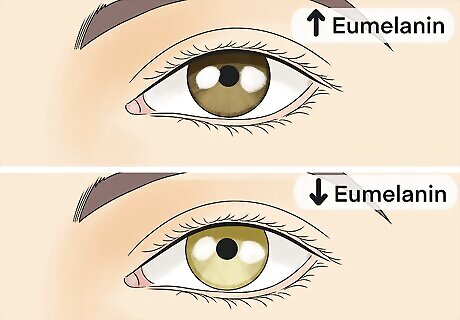
Hazel eyes are caused by genetic factors that affect melanin distribution. Melanin is a pigment that gives eyes their color—the higher the concentration of melanin, the darker the eyes. Hazel eyes have a moderate amount of melanin. 16 different genes regulate melanin production (including HERC2 and OCA2), which control melanin levels in the iris, or the colored part of the eyes. Other genes can produce various shades and patterns in hazel eyes, which contain different colors of pigment, due to the uneven distribution of melanin. Hazel eyes are a combination of green, brown, and gold colors. Levels of melanin include eumelanin and pheomelanin in hazel eyes. Those appearing more brown have higher levels of eumelanin, while those appearing greener have lower levels of eumelanin. People with golden or amber-hazel eyes have higher levels of pheomelanin.
Different Kinds of Hazel Eyes
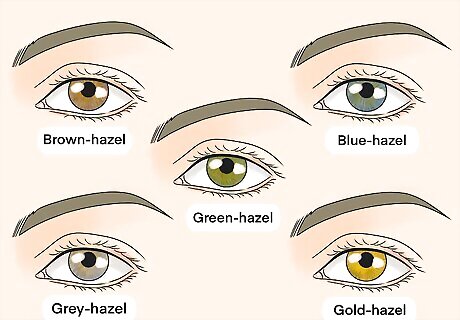
Hazel eyes can include brown, green, blue, amber, or gold tones. Melanin determines the shade of eye color, but it’s not always distributed evenly when it comes to hazel eyes. It can also be concentrated differently, which also affects the different tones and shades found with hazel eyes. Discover the many hazel eye shades, as explained below: Light Hazel: Has a blend of gold, green, and brown that can change with lighting. Dark Hazel: Include shades of deep brown, amber, and green, along with a dark brown or earthy tone. Brown-Hazel: Brown eye color is dominant with flecks of green near the pupil. Green-Hazel: Has a dominant green eye color with brown or gold flecks around the iris. Gold-Hazel: Appears with a golden tone, along with subtle green undertones. Grey-Hazel: A dominant grey eye color appears with shades of brown, green, and gold. Blue-Hazel: Blends shades of blue eyes with green and brown hues; has a sunburst effect.
How are hazel eyes different from brown eyes?
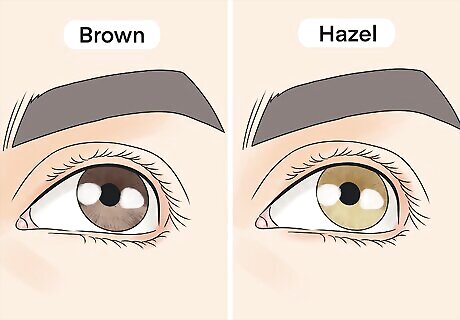
Hazel eyes don’t contain as much concentrated melanin as brown eyes do. Unlike brown eyes, hazel eyes appear with multiple colors, including green, gold, and brown, because of unevenly distributed melanin in the iris. Brown eyes have a higher concentration of melanin that is more evenly distributed in the iris; this results in a more uniform brown color. Hazel eyes can appear to change color, depending on different lighting conditions, while brown eyes typically keep their more solid, darker shade.
Additional Facts About Hazel Eyes
There are so many stand-out facts about stunning hazel eyes! For example, hazel peepers are considered somewhat rare, and they have multiple variations depending on their shade, color, and the way they reflect light. Here are some more fun facts about hazel eyes: Hazel eyes can change their hue depending on how bright a room is. Because hazel eyes have so many different shades, they’re often referred to as “chameleon eyes.” Hazel eyes’ lighter color makes them more sensitive to sunlight. Their unique name is said to be inspired by the shell of a hazelnut. Hazel eyes can look reddish if the person has allergies or hay fever. They can also appear differently according to makeup or clothing choices. Hazel eyes are the subject of Kelly Clarkson’s single “Behind These Hazel Eyes.” Many celebrities have hazel eyes, including the following: Kristen Stewart Demi Moore Steve Carell Angelina Jolie Ryan Reynolds













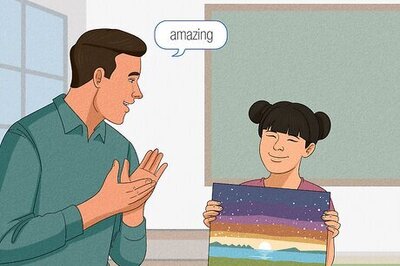





Comments
0 comment